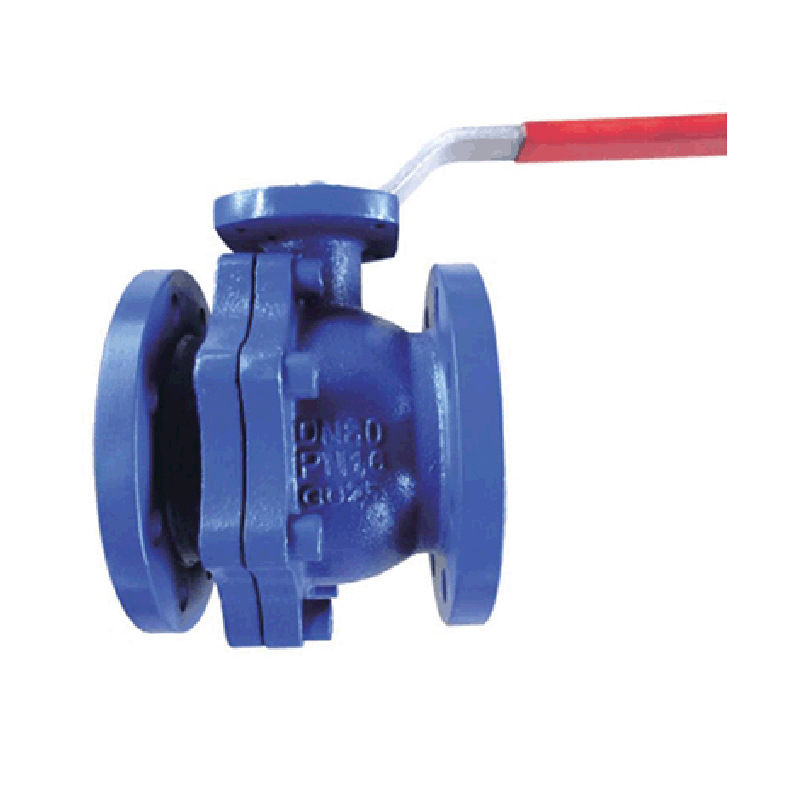Dec . 01, 2024 15:55 Back to list
rubber check valve
Understanding Rubber Check Valves A Comprehensive Overview
Rubber check valves are crucial components in various fluid handling systems, providing a reliable means to control the direction of fluid flow. These valves ensure that liquid can flow in one direction while preventing backflow, a feature that is essential in numerous applications, including plumbing, irrigation, and industrial processes. In this article, we will explore the design, functionality, advantages, and applications of rubber check valves.
Design and Functionality
Rubber check valves are typically constructed from high-quality rubber materials such as EPDM or nitrile, which offer excellent elasticity and resilience. This design allows the valve to open with the flow of fluid and close tightly when the flow reverses, thereby preventing backflow. The simple yet effective mechanism is usually employed in systems where it is critical to maintain the integrity of fluid paths, such as in water supply systems, wastewater management, and various industrial settings.
The operation of a rubber check valve relies on the pressure differential between the upstream and downstream sides. When the upstream pressure exceeds that of the downstream side, the valve opens, permitting fluid to flow through. Conversely, when the upstream pressure drops or the downstream pressure rises, the rubber flap or disc within the valve closes, creating a seal that blocks any reverse flow.
Advantages of Rubber Check Valves
One of the standout advantages of rubber check valves is their ability to prevent backflow effectively
. Backflow can lead to contamination, damage to equipment, and reduced efficiency in fluid systems. By using rubber check valves, system operators can significantly reduce these risks, ensuring the safety and reliability of their operations.Additionally, rubber check valves are lightweight and can be easily installed in various configurations, making them suitable for a wide range of applications. Their flexible nature allows them to absorb vibrations and shocks, enhancing their longevity and reducing the risk of damage due to sudden changes in pressure.
rubber check valve

Another significant benefit lies in their cost-effectiveness. Rubber check valves are generally less expensive than their metal counterparts, making them a popular choice for both residential and commercial applications. Their low maintenance requirements also contribute to long-term savings, as they typically have a long service life and require minimal upkeep.
Applications
Rubber check valves find applications across numerous industries and environments. In the water supply sector, they are commonly used in pumps, pipelines, and irrigation systems to prevent the backflow of contaminated water, ensuring clean water delivery. In wastewater treatment facilities, these valves play a crucial role in maintaining proper flow direction and preventing potential environmental hazards caused by backflow.
In the chemical and petrochemical industries, rubber check valves are employed to handle various fluids, including corrosive chemicals. The resilience of rubber materials helps withstand the chemical properties of these substances, providing reliable performance in challenging conditions.
In residential settings, rubber check valves are widely used in sump pumps and drainage systems, ensuring that water flows away efficiently and does not return to the home or building, which can lead to flooding and water damage.
Conclusion
In conclusion, rubber check valves are vital components in fluid handling systems that provide excellent backflow prevention, easy installation, and cost-effectiveness. Their versatility and functionality make them suitable for a diverse range of applications, from household plumbing to large-scale industrial processes. As technology continues to advance, the materials and designs of rubber check valves are likely to evolve, further enhancing their performance and reliability in fluid control systems. Understanding the importance of these valves helps in making informed decisions about their selection and application in various fluid management scenarios.
Share
-
Reliable Wafer Type Butterfly Valves for Every IndustryNewsJul.25,2025
-
Reliable Flow Control Begins with the Right Ball Check ValveNewsJul.25,2025
-
Precision Flow Control Starts with Quality ValvesNewsJul.25,2025
-
Industrial Flow Control ReliabilityNewsJul.25,2025
-
Engineered for Efficiency Gate Valves That Power Industrial PerformanceNewsJul.25,2025
-
Empowering Infrastructure Through Quality ManufacturingNewsJul.25,2025